Yarn Weights: A Complete Guide for Beginners!
Wondering what yarn and needles or hook to use for what project? This is your complete guide for beginners, with a yarn weight chart!
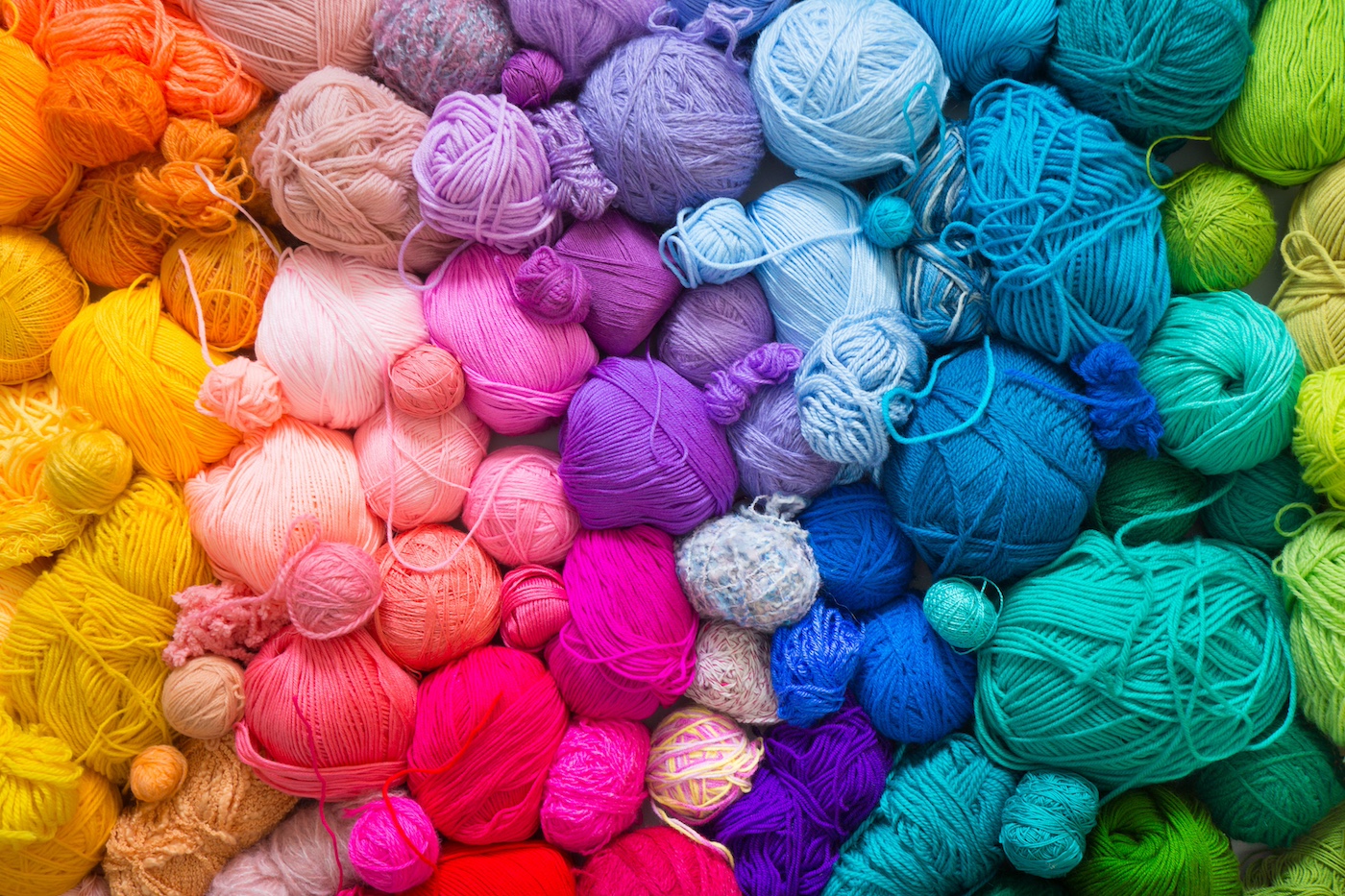
Let’s talk about yarn weights! Yarn weight is a seemingly simple topic that can quickly become as tangled as a dropped stitch in a complicated knitting pattern.
It doesn’t matter if you’re just getting started with crochet and knitting or you’ve been doing it for years – everyone needs to understand the difference in weight structures of the different yarns available on the market.
What yarn should you (or can you) use for your project?
I’ve been knitting since I was 15 years old . . . that would be about 32 years as of this writing. My mother taught me how to cast on, and how to knit, and I taught myself the rest. And the rest is history!
Even with decades of experience, I find myself pausing, chart in hand, trying to recall whether I need a DK or a Worsted for that hat pattern I’ve been dying to try. I always have to refer to a chart.
As you might imagine, in the world of knitting and crochet, not all yarns are spun equally. The thickness of your yarn (or its weight) plays a crucial role in determining the outcome of your project. It affects everything from the feel of the fabric to the size of the needles or hook you’ll use, and yes, even the final size of your piece.
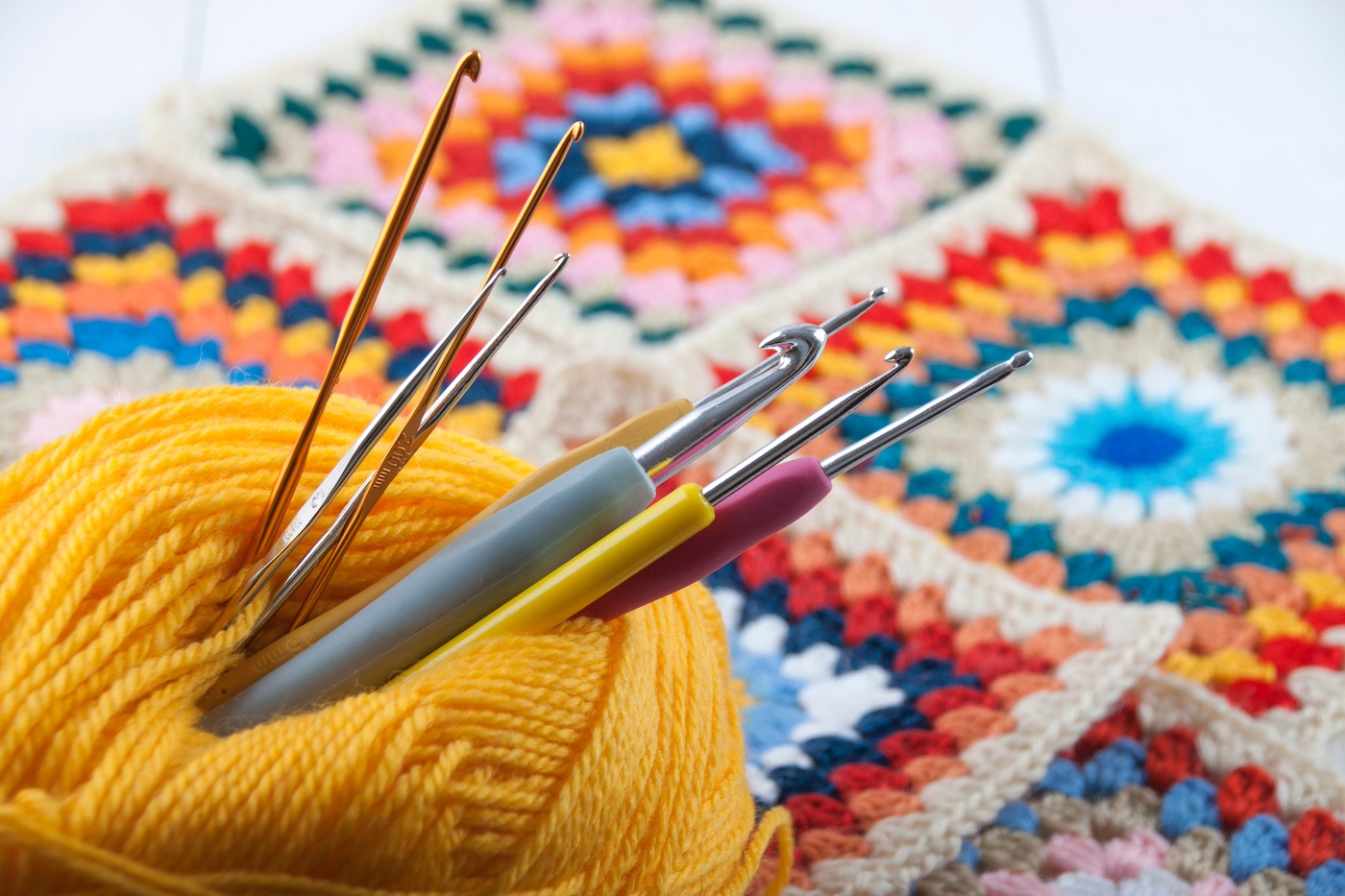
But this post is here to untangle the mysteries for you with a yarn weight chart! Consider it your go-to reference for all things yarn-related, especially when standing in the aisle of your local craft store, feeling overwhelmed by the options.
If you’re just getting started in this wonderful world of yarn-loving-creators, then you’re going to want to use this as a reference guide to help you with your purchases of various types of yarns for your different projects.
Most yarn you purchase will have a symbol on it like the below. You’ll use that to read the chart and figure out the type of yarn you have, as well as needles or hook to use and gauge.

Guide to Yarn Weights
Once you get a better understanding of yarn weights, you’ll easily be able to swap out different types of yarns within a weight. For example, worsted weight yarn can be substituted out for cotton or linen. But first you need to understand gauge.
What is Gauge?
Gauge in crochet and knitting is all about measuring how many stitches and rows fit into a 1-inch square of your fabric. Think of it like this: when you’re making a piece of clothing or a blanket, you want it to come out the right size, right? Gauge helps you make sure that happens.
Here’s how it works: Patterns usually tell you the gauge, meaning they’ll say something like “18 stitches and 24 rows = 4 inches.” This means that if you knit or crochet according to the pattern, 18 stitches across should measure 4 inches wide, and 24 rows should measure 4 inches tall.
To check your gauge, you make a little test piece called a swatch. After you finish it, you lay it flat and measure a 4-inch square in the middle. Count how many stitches and rows are inside that square. If you have more stitches or rows than the pattern calls for, your fabric is too tight, and you might need to use a larger hook or needle. If you have fewer, your fabric is too loose, and a smaller hook or needle might be the way to go.
Getting the gauge right is super important because it makes sure that the thing you’re making ends up being the size you expect. If the gauge is off, you might end up with a sweater that’s too big or too small, even if you followed the pattern exactly. So, taking a little time to check your gauge at the beginning can save you a lot of time and yarn in the long run.
Yarn Weight Chart
The chart is your shortcut! For knitting, the gauge column reflects the number of stockinette stitches every 4 inches. For crochet, it represents the number of single crochets per 4 inches.
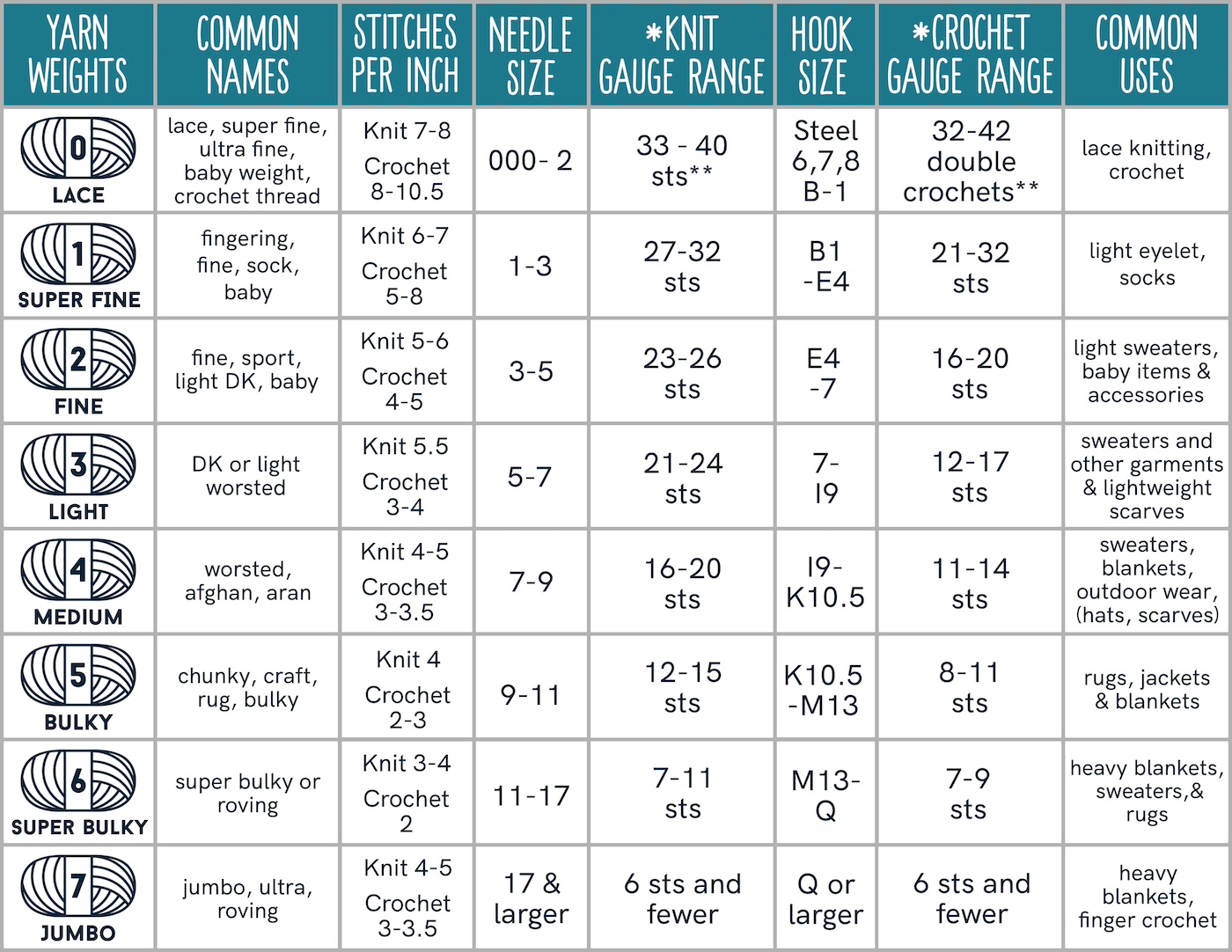
*This chart is a guideline only and reflects the most commonly used gauges and hook sizes for specific yarn categories.
** Lace weight yarns are usually knitted or crocheted on larger needles and hooks to create lacy, openwork patterns. Accordingly, a gauge range is difficult to determine. Always follow the gauge stated in your pattern.
Note: Steel crochet hooks are sized differently from regular hooks — the higher the number, the smaller the hook, which is the reverse of regular hook sizing.
Now, here’s a detailed description of each type of yarn and the weight, as well as a visual so you can see an example of what that yarn looks like in a skein.
Lace
Lace is a super fine, extra light weight yarn, and is primarily used in creating knitted lace patterns on shawls, and can also be used for socks.

Super Fine/Sock
Super fine yarn is primarily used for baby clothes, socks, shawls, and super awesome Fair Isle work. It’s also known as “baby” and “fingering” yarn because of how light weight and soft it is.
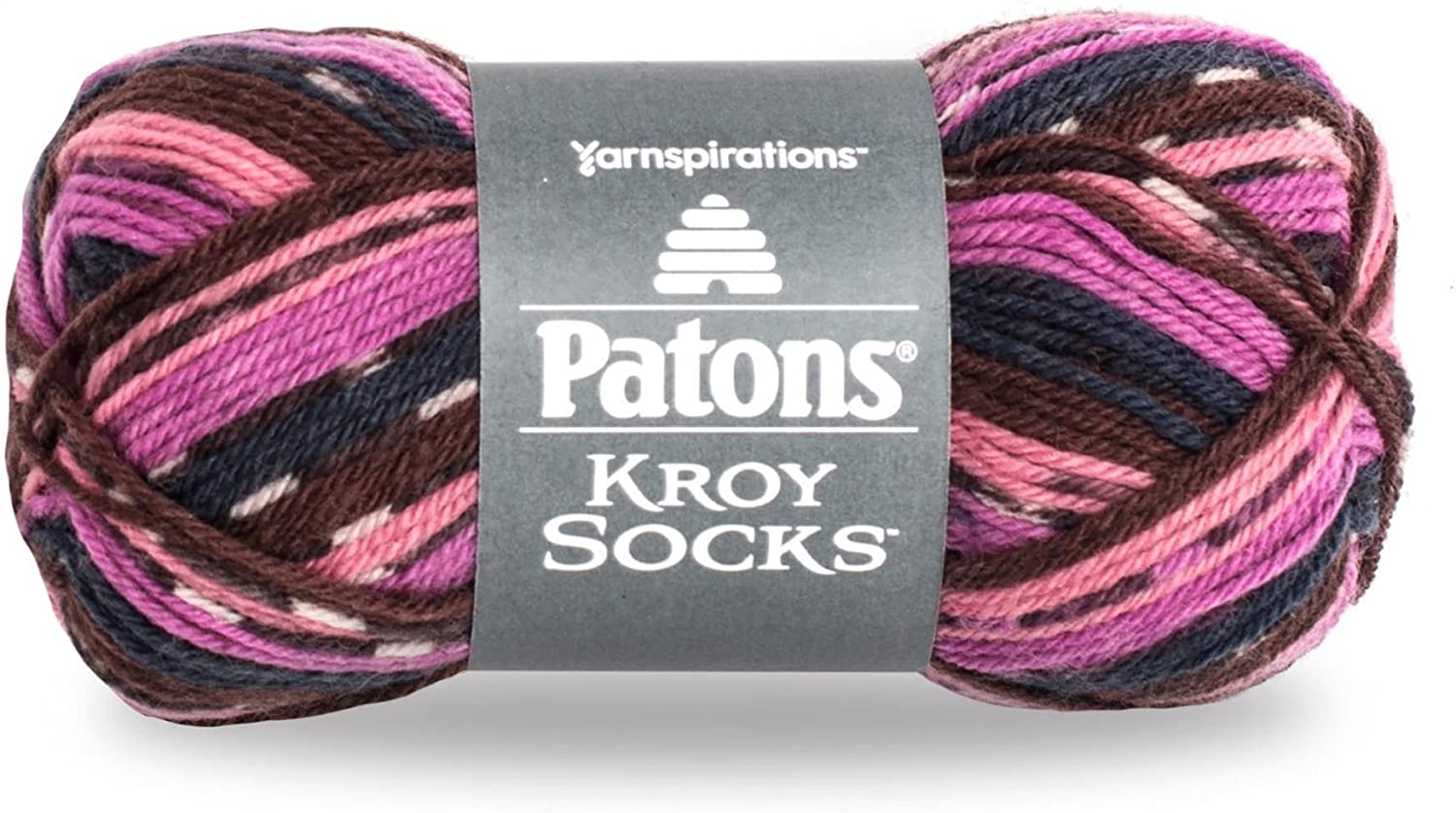
Fine/Sport
Fine yarn is also known as baby weight yarn. This yarn is primarily used for baby items, socks, hats, mittens, and colorful Fair Isle work. It’s very closely related to super fine, but usually used with a slightly bigger needle.

Light/DK
Light/DK yarn is a classic weight yarn that is primarily used for children’s knit clothing. The light gauge is a perfect scale for creating projects oriented for children’s designs, plus Fair Isle, double knitting, and intarsia work. It’s amazing for crocheting because the project doesn’t become too bulky.
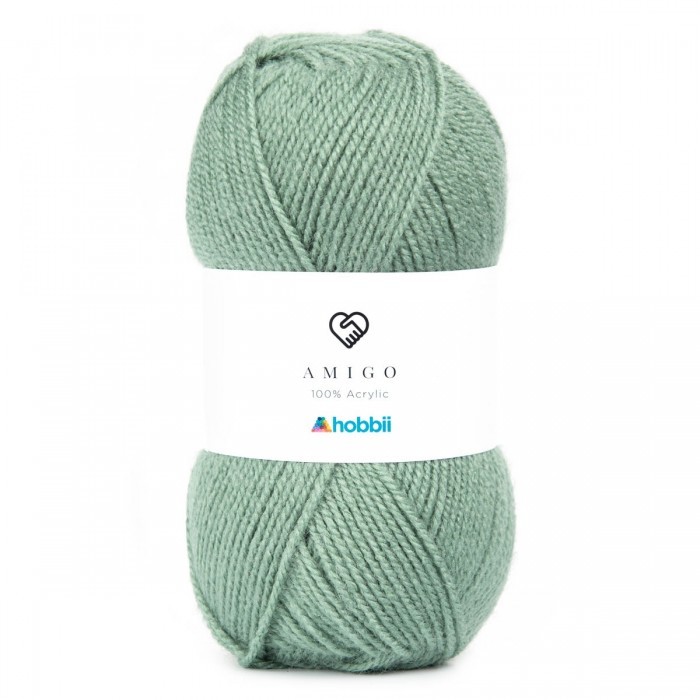
Medium/Worsted Weight
Medium yarn is mostly known as worsted weight yarn. It’s the #1 type of yarn that people create yarn projects with via knitting and crocheting. This is great for artistically created blankets, scarves, hats, gloves, sweaters, Christmas stockings, and so much more!
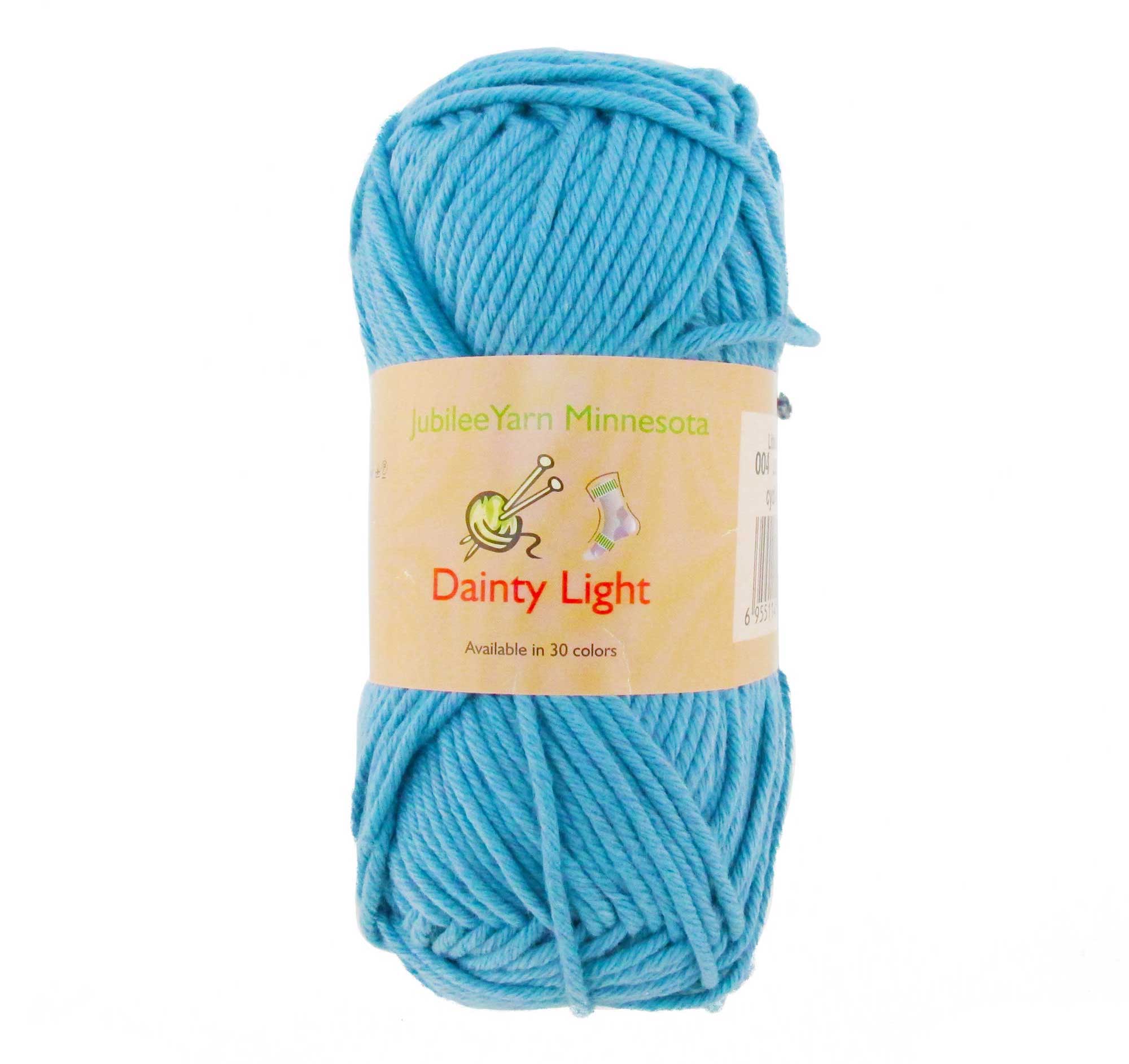
Bulky
Bulky yarn runs about twice as thick as worsted weight yarn. The most amazing part about working with bulky weight yarn is that it can be worked up quickly on large needles. For those who want instant knitting gratification, this is yarn for you!
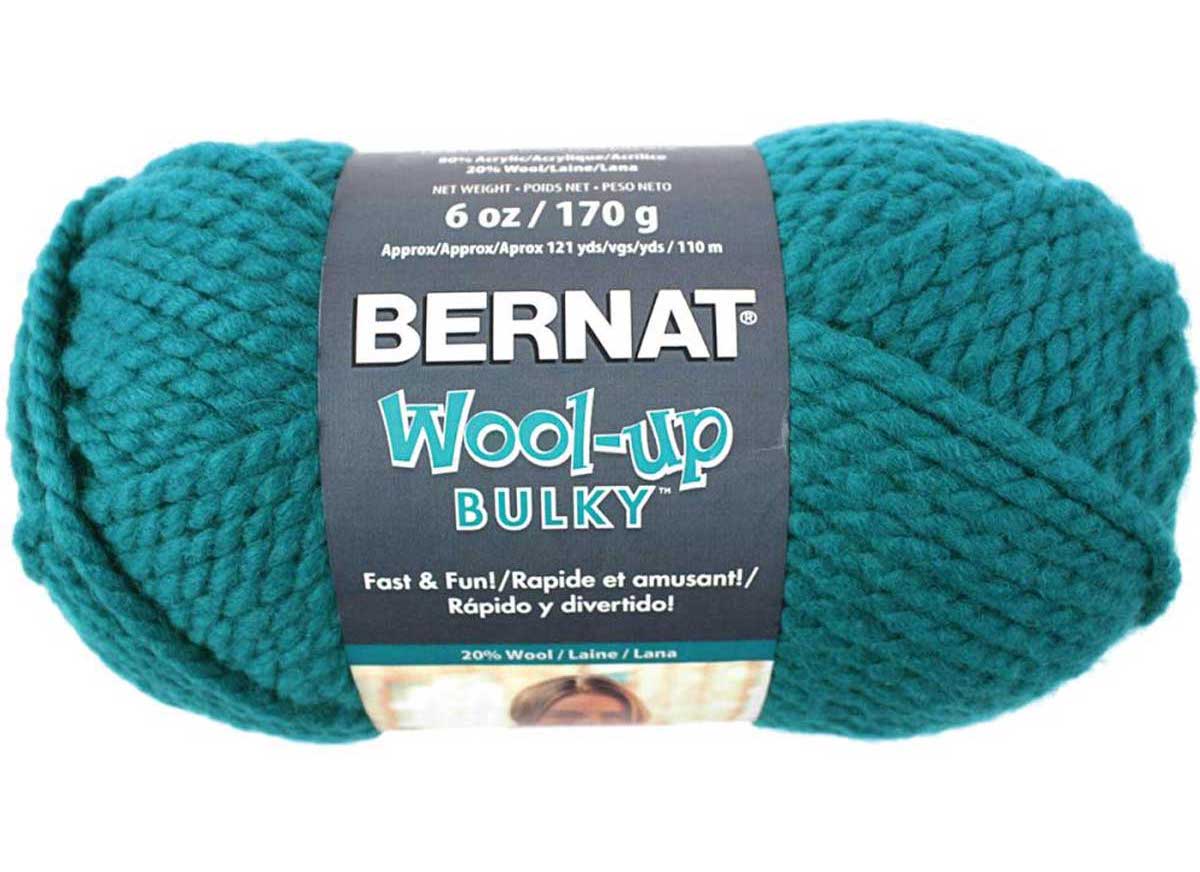
Super Bulky
If you want to make a fun, fast, and chunky blanket or are trying to add some artistic flair to a simple sweater, then super bulky is your yarn! The gauging is 2 knit stitches in an inch!
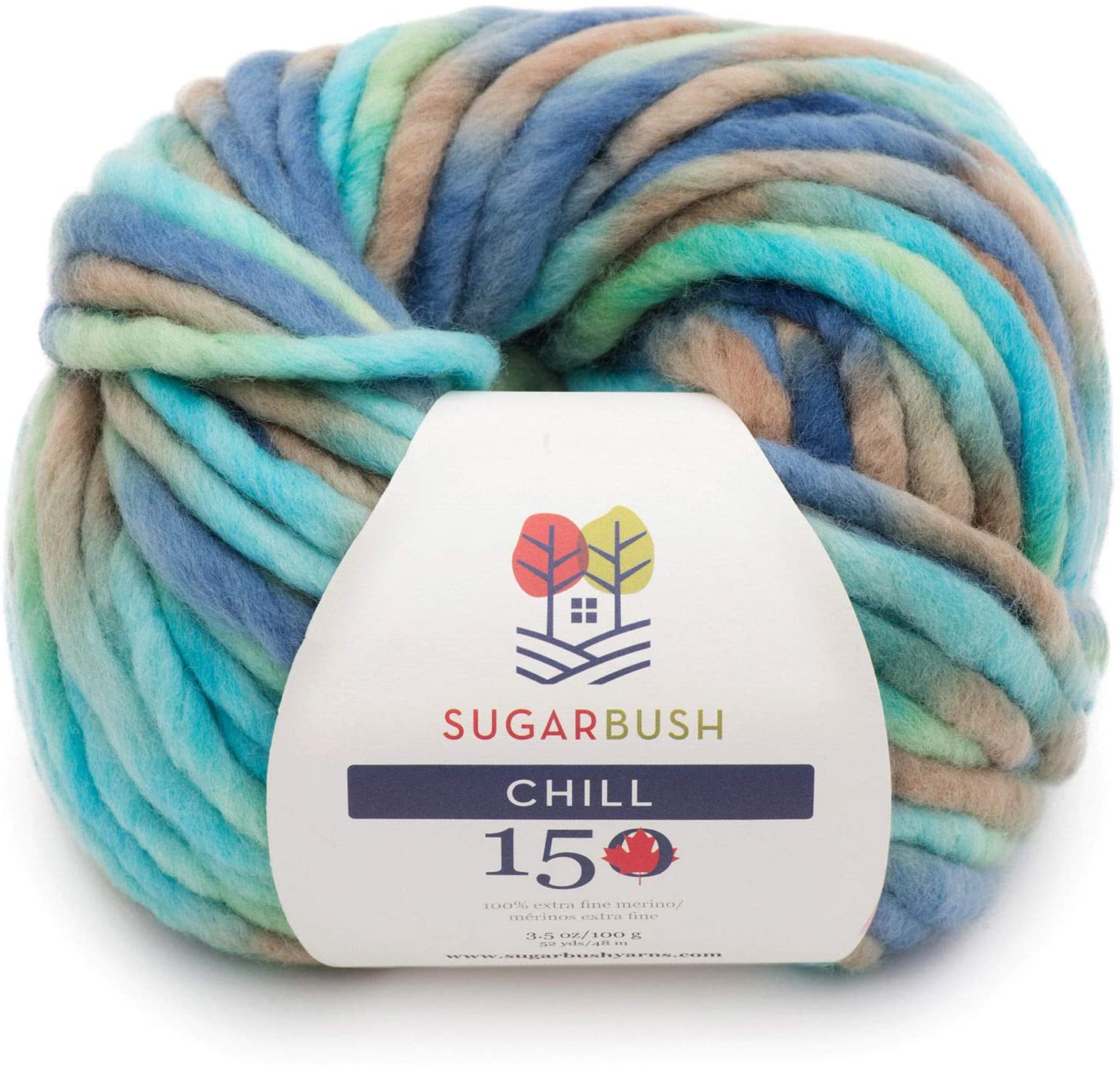
Jumbo
Jumbo yarn is slightly thicker than the super bulky, and is another great and fun yarn to knit with to create projects fast. Especially if you want a lap blanket or a fun blanket for any time of the year! Also great for making pillow covers and anything else your imagination will unleash.
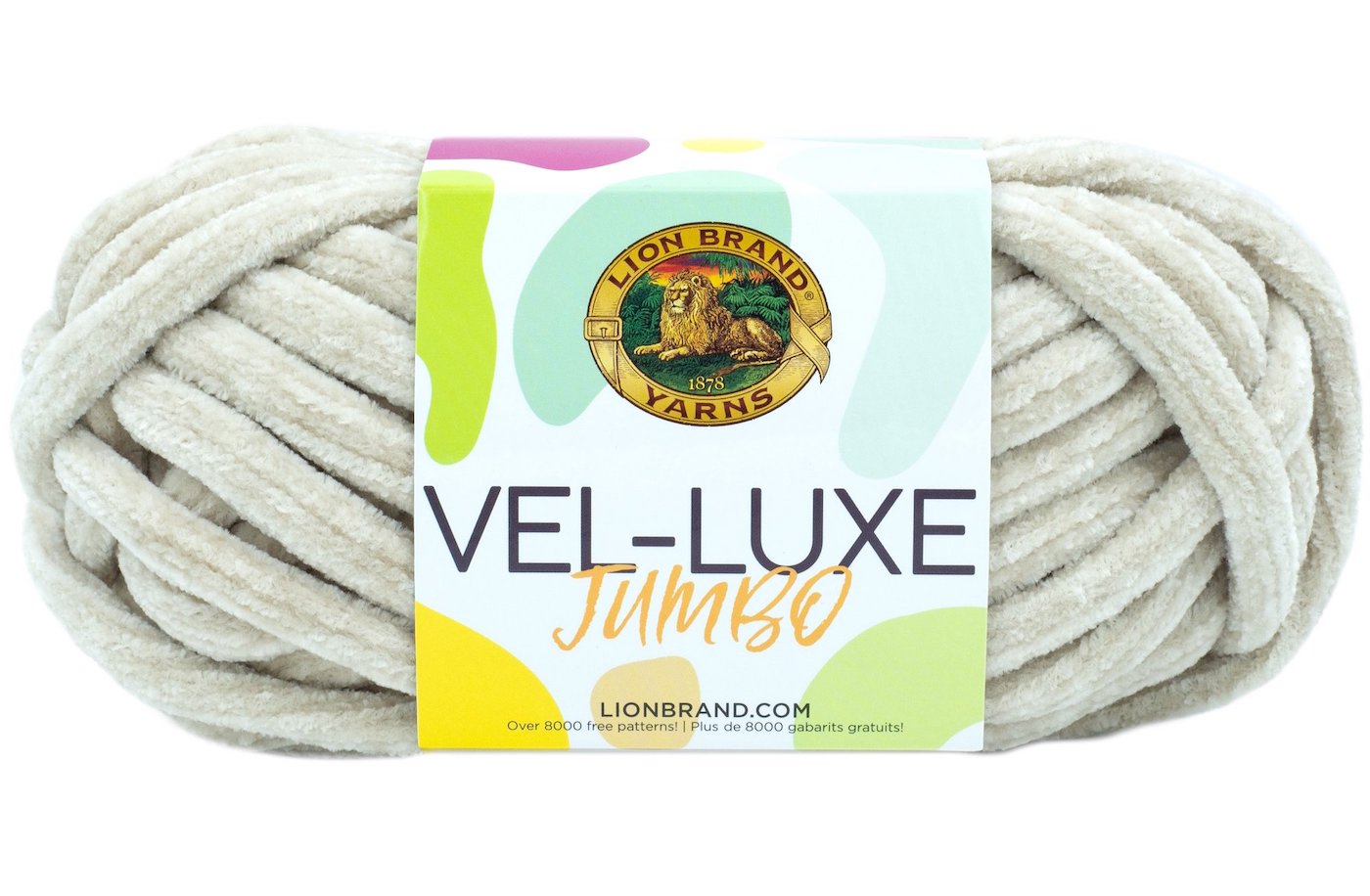
Ready to try some projects with yarn? Now that you’ve grabbed your yarn gauge chart, you’ll be able to pick your favorite yarn to try these:


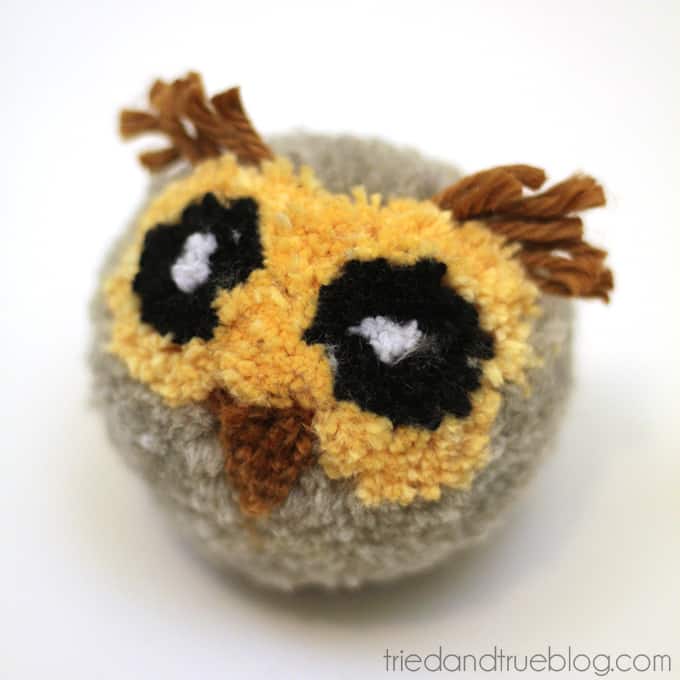
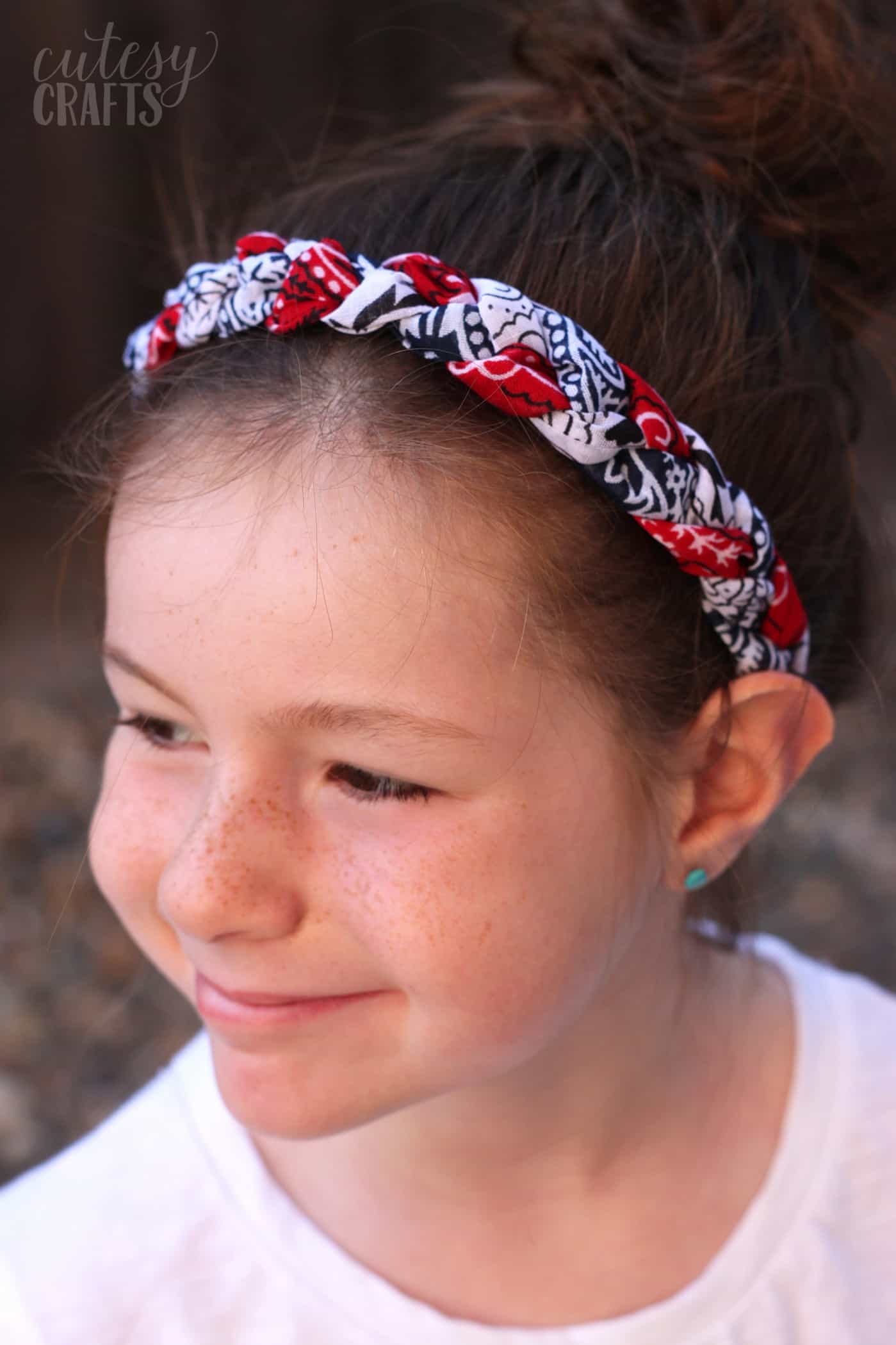
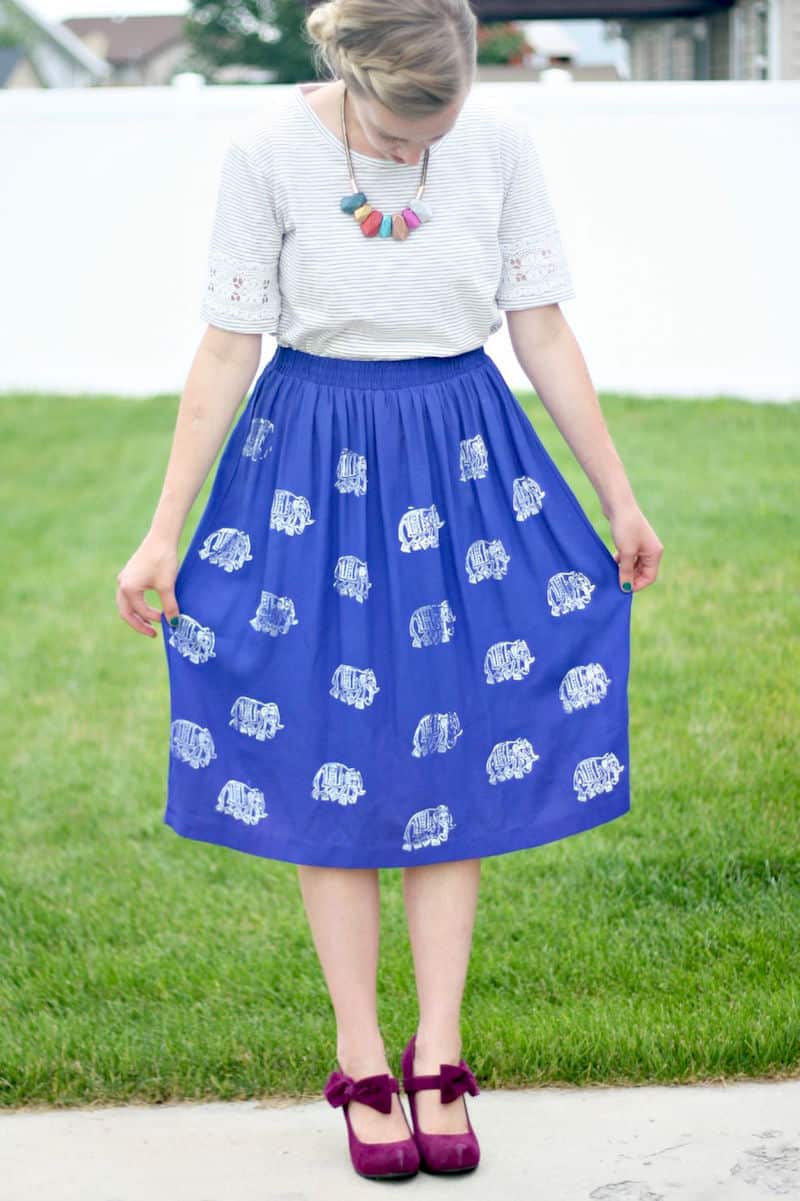

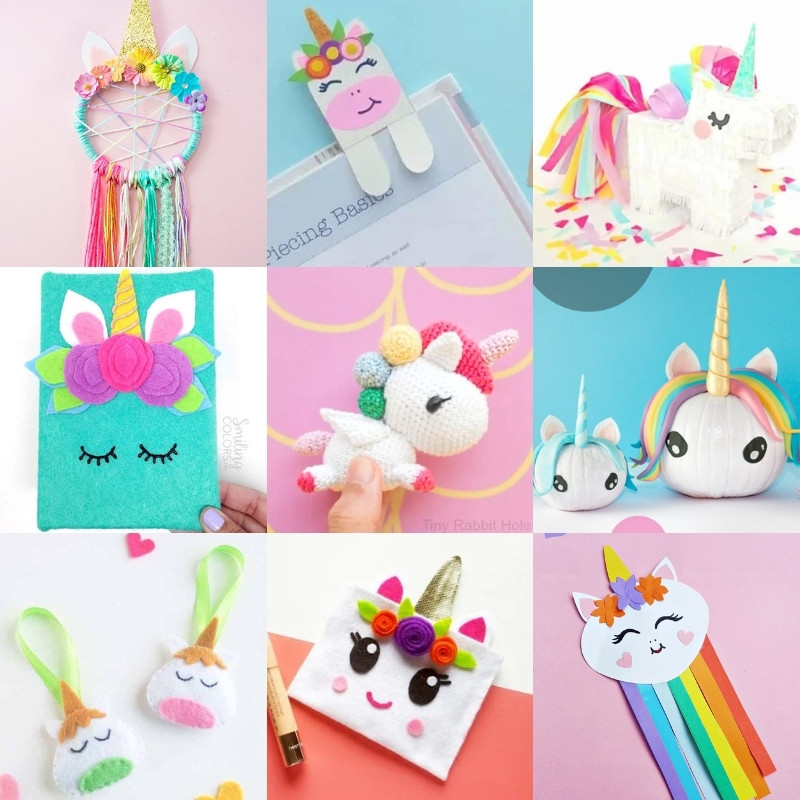
Is it possible to purchase, download or copy a “yarn weight symbol and category names”
Chart?
@SUSAN, You could try to copy their chart onto a document and print it out. Its a nice chart with lots of info!
Can you show how to make Socks using Loom ?
I am a beginner to yarn crafts.
Thank you in advance.
God Bless
I really really really hate the fact that when you google this you get these results. I’m so confused as to how yarn weight work and I keep getting these standards instead of how commercial yarn is used with cones and their weight. I don’t know anyone that uses 0-8 as a standard in the industry.
You’ll need to search more specifically. This is for regular consumers and not commercial yarn and cones.
Your breakdown of yarn weights is incredibly helpful! As someone just starting out in the world of knitting, I often find myself overwhelmed by all the options. Your article has provided much-needed clarity. Thank you!